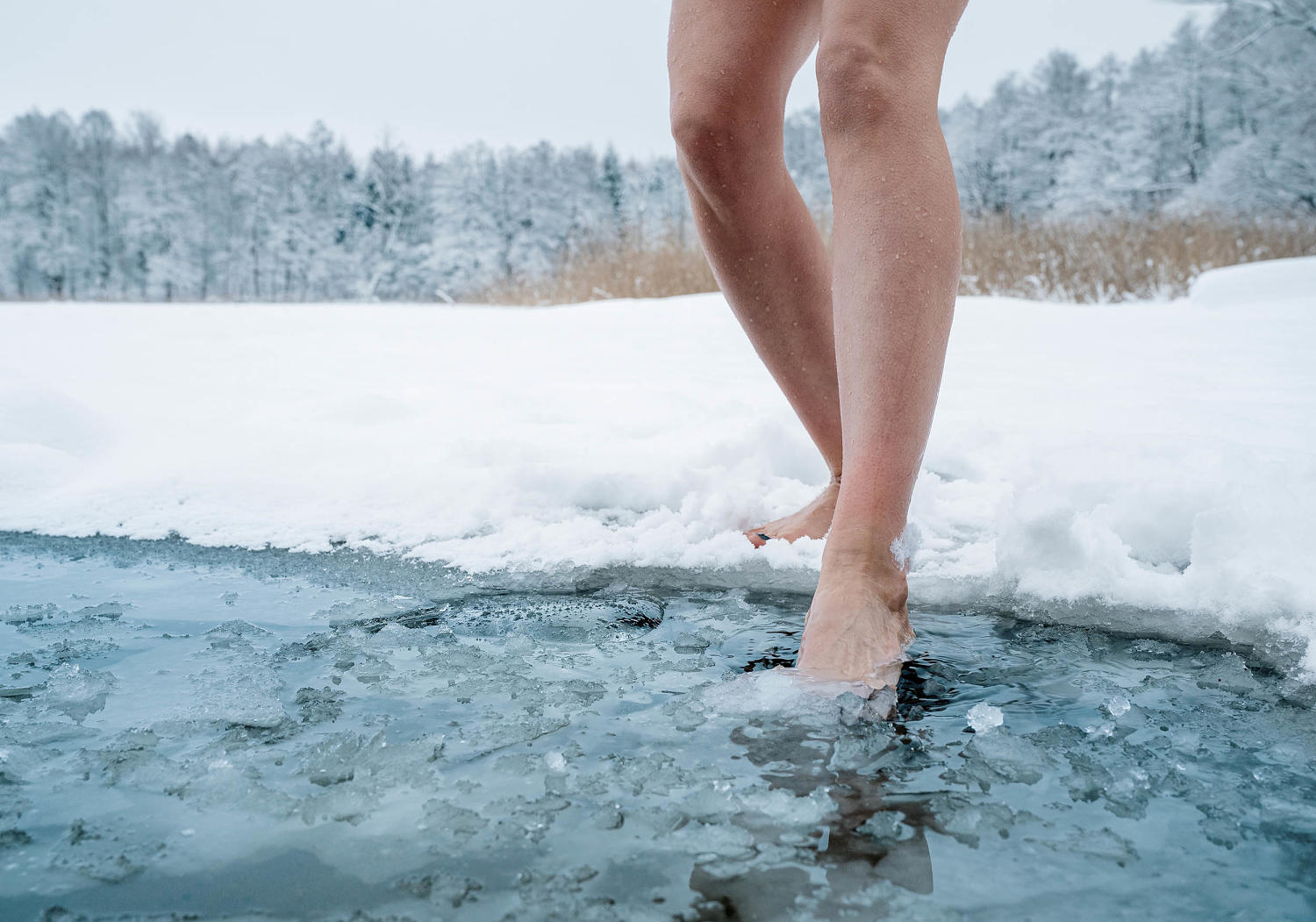Cold water therapy is not new, but it is all the rage right now, especially cold plunges and soaks. On TikTok, the hashtag #coldplunge on TikTok has over a billion views and features countless videos of people shivering and braving the cold water. Cold plunges are a favorite among many celebrities, athletes and influencers.
The supposed benefits of cold water immersion include reducing inflammation, relieving muscle soreness, aiding with recovery after exercise, boosting immunity and improving sleep, among others. Some claim the cold water has mental health benefits, such as improving clarity or reducing depression, anxiety and stress. Unsurprisingly, cold plunges do not come without risk.

The practice has been criticized by some experts for being risky or downright dangerous. What does the science say about cold plunges? What, if any, are the benefits of cold water immersion? We spoke to experts about cold plunges about what people should know before jumping in. A cold plunge involves fully submersing the body in cold water — whether that's a bathtub, tank, pool or a natural body of water, such as a lake or the ocean.
It’s also called cold-water immersion or cold-water swimming. are an extreme type of cold water immersion, on the lower end of the temperature spectrum. Although cold plunges have surged in popularity in recent years, the practice has been around pretty much as long as humans have been near water, Mike Tipton, a professor of human and applied physiology at .























